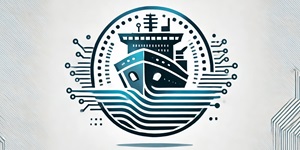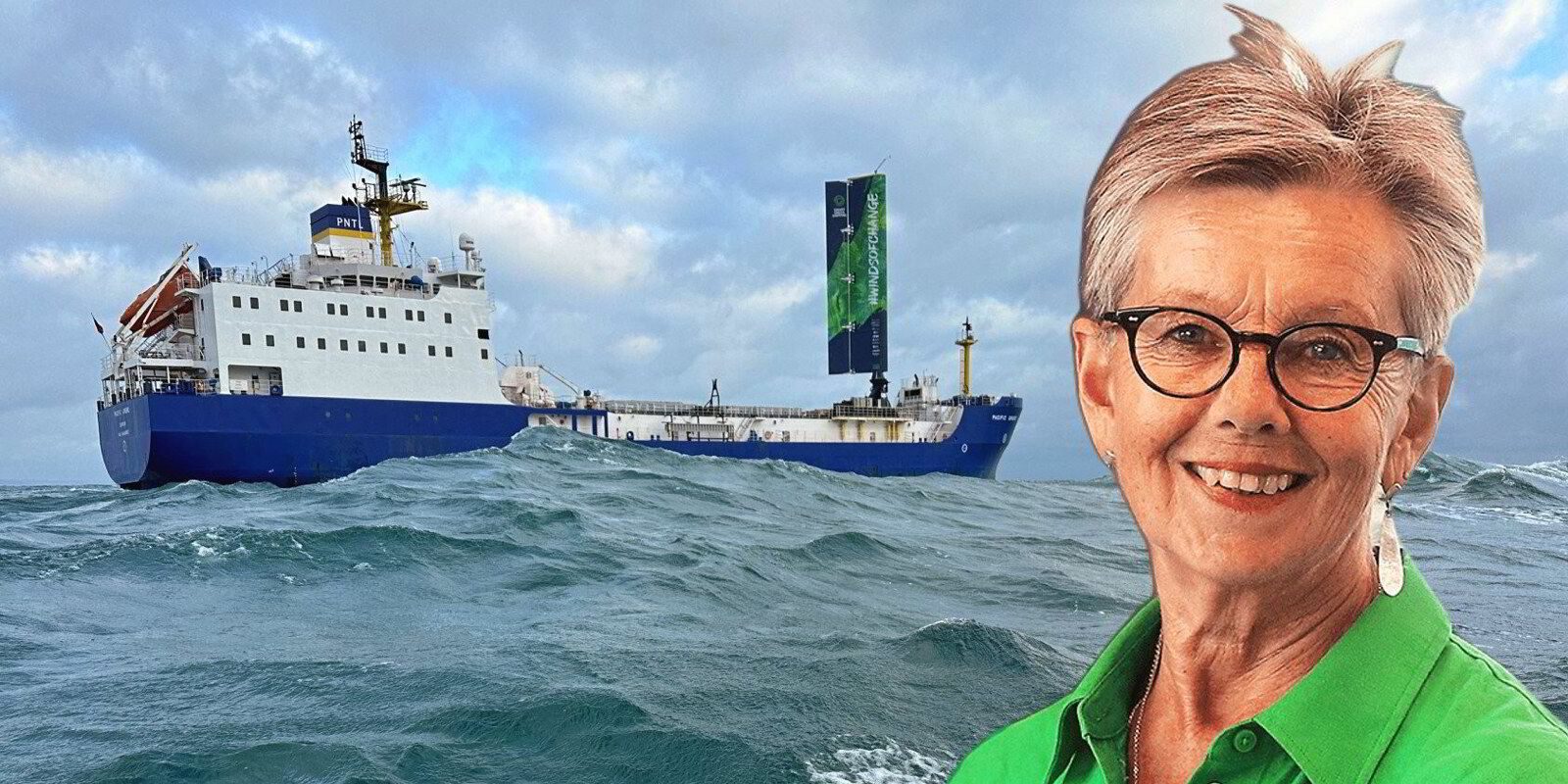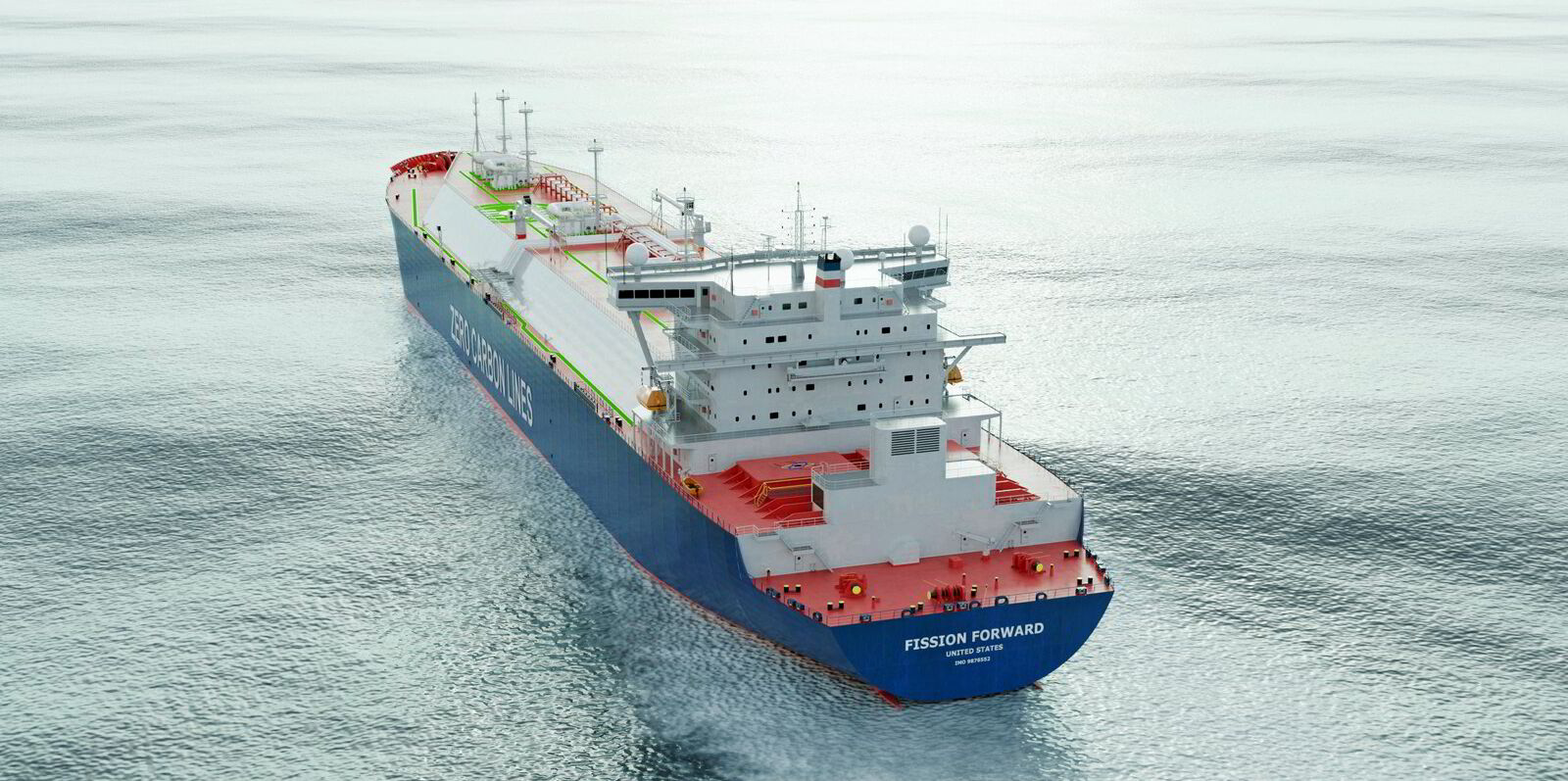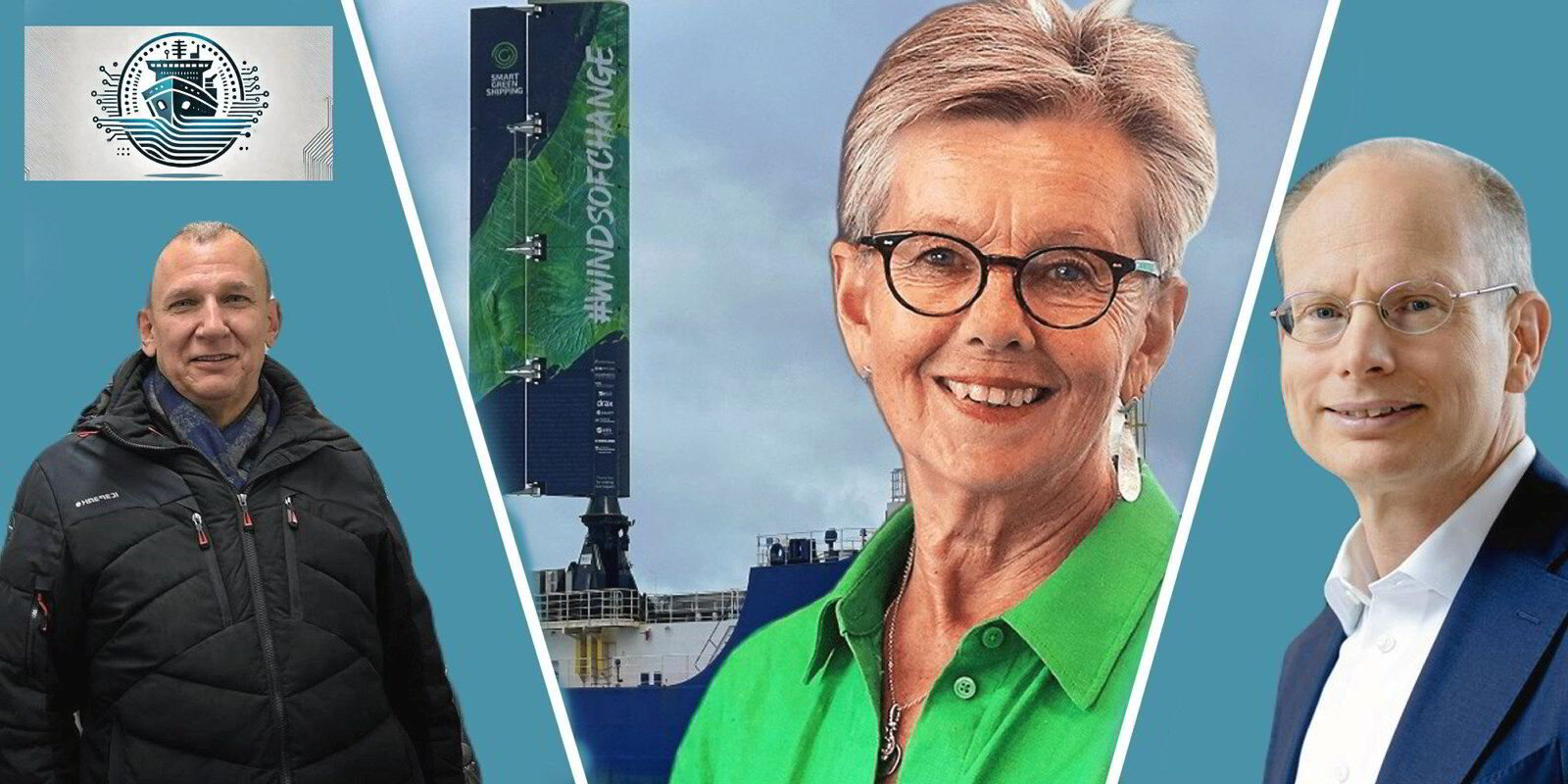Last week I was in Southampton to see firsthand the installation of Smart Green Shipping’s wingsail on a UK-flagged ship.
There were a lot of happy faces and a feeling of accomplishment. There were also plenty of toasts to Di Gilpin, the company’s founder and chief executive, and her team.
But this achievement, while worthwhile, pales in the face of the technology challenges the whole industry faces.
It is not only the wind-assist technologies, but also the new fuel systems and other ideas, that seemed somewhat futuristic just two years ago. Now they are talked about in more definitive terms. Nuclear power and onboard carbon capture are other key examples.
Then there is the ongoing march of artificial intelligence tools and vessel autonomous systems, developments that run parallel but are nonetheless entwined with the clean-tech evolution.
In this week’s ShipTech, I have an interview with Gilpin at Smart Green Shipping about her 20-year journey.
There’s also news from ABS on nuclear-powered ships, and of a battery power development in Spain. Finnish engineering firm Warstila also published its results showing positive numbers as shipowner orderbooks swell with cleaner tonnage.
Craig Eason, technology editor
___________

Di Gilpin’s 20-year wind propulsion journey

After 20 years, Di Gilpin saw her idea come to fruition when the 4,902-dwt Pacific Grebe (built 2010) left Barrow two weeks ago with its FastRig secured in its deck.
But the journey is far from over. The rig is only a temporary addition to the UK-flagged nuclear waste carrier. It will be removed once the trials are completed, with the data and learning from sea trials assessed.
By her own admission, Smart Green Shipping chief executive Gilpin is tenacious, resilient and certainly not one to surround herself with naysayers who think that there is no future in wind propulsion in the modern shipping industry.
_______________________________________
Shipowner Mureloil orders hybrid tanker powered by battery system
by Gary Dixon

Spain’s Mureloil has ordered a hybrid diesel-electric tanker at a domestic shipyard. Andorran manufacturer AYK Energy said it is supplying a 4,200-KWh battery for the 7,999-dwt product carrier, which will be constructed at Astilleros de Murueta near Bilbao. No price or delivery date has been given.
Mureloil said it is embracing AYK’s battery technology as part of its commitment to decarbonisation. AYK founder Chris Kruger said the vessel will be able to operate on zero-emission battery power while entering and exiting port, immediately improving air quality and cutting emissions in built-up port areas.
It is designed to run on diesel, battery power or a combination of the two.
________________________________
Wartsila profits as owners order 600 more ships than in 2023
by Gary Dixon

Finnish maritime technology giant Wartsila has increased earnings in the third quarter as owners continue to order more new ships.
The engine maker said net profit was €144m ($156m), up from €82m a year ago, as revenue rose to revenue €1.72bn against €1.45bn.
Chief executive Hakan Agnevall said that despite growth in shipyard capacity and output, especially in China and South Korea, slot utilisation remains high, indicating that a shortage of yard space still exists.
He added that decarbonisation-related retrofits and longer trade routes have supported the demand for its ship-service division.
Read details of Wartsila’s results here
___________
ABS gets serious about nuclear as a marine fuel
by Lucy Hine

Putting a high-temperature nuclear reactor on board an LNG carrier shipping a cargo that needs to be kept at -162C might not sound like a good idea.
But American Bureau of Shipping chief technology officer Patrick Ryan said the whole point of the classification society’s new LNG carrier nuclear ship concept design study is to confront the challenges of how the two might work together.
ABS was commissioned by the US Department of Energy around two years ago to look at barriers to the adoption of nuclear in maritime.
The study, in partnership with naval architect Herbert Engineering Corp, for the application of small modular reactor technology on an LNG carrier follows a recently published concept for a floating nuclear power plant and two unreleased studies for a container ship and a suezmax tanker.
Ryan said looking at what society needs from a decarbonisation perspective and the incoming regulations, it would be foolish to ignore nuclear as a part of the fuelling mix.
Read more about the ABS study here(Copyright)




